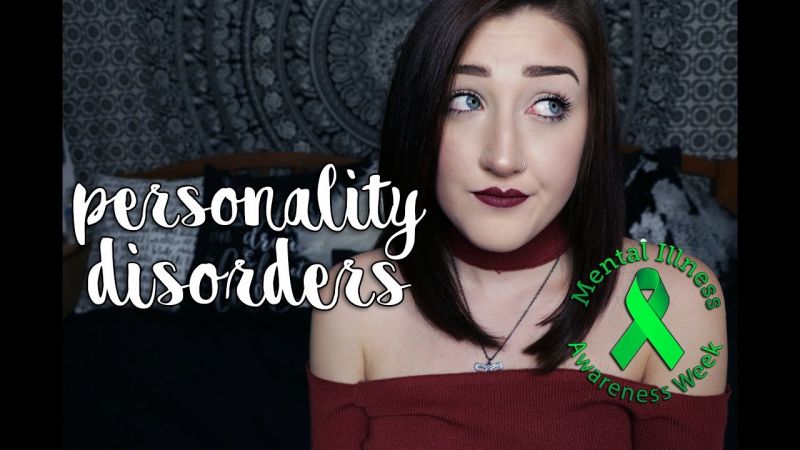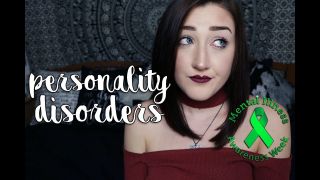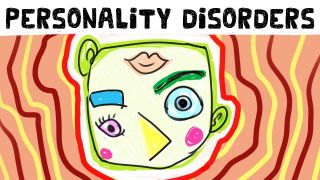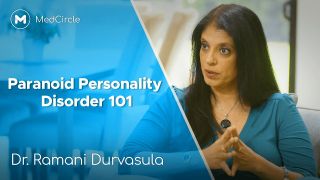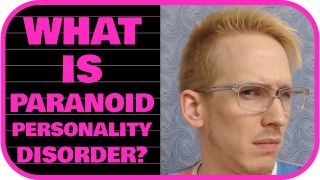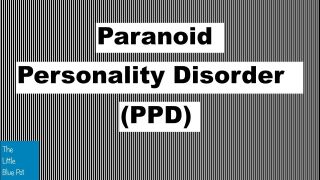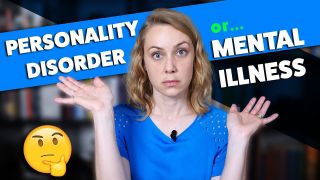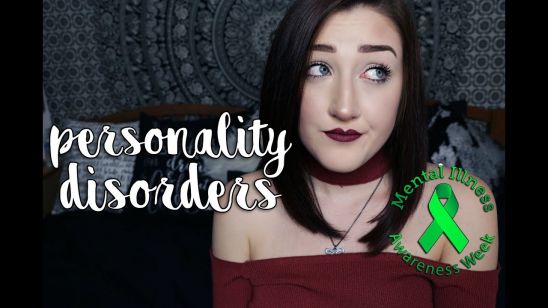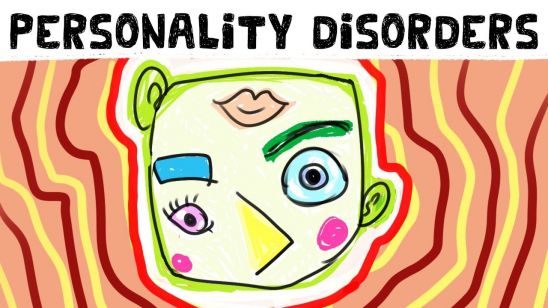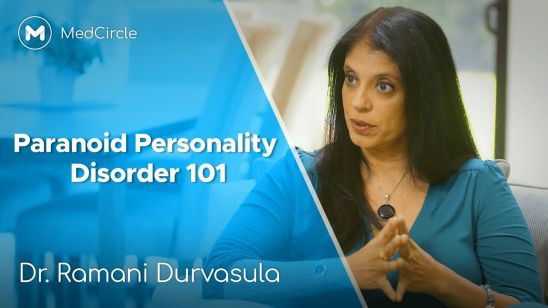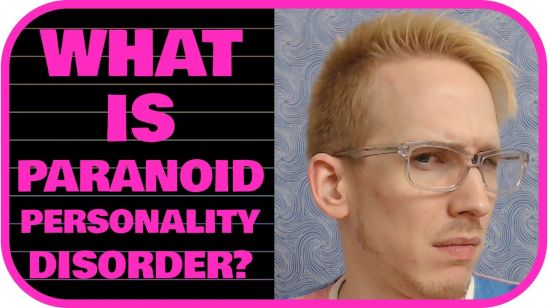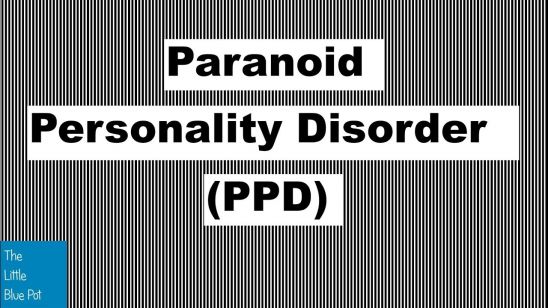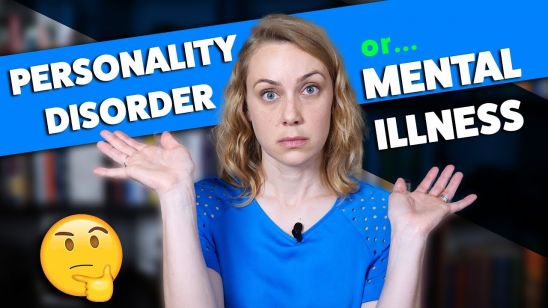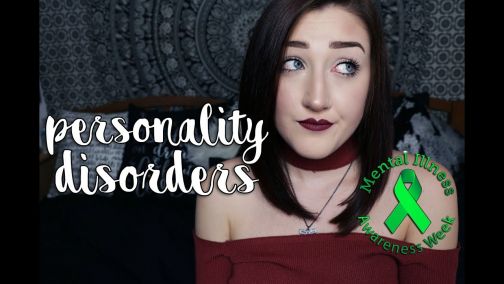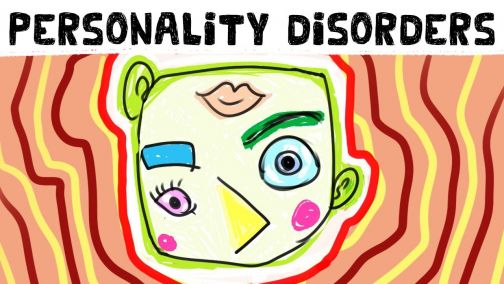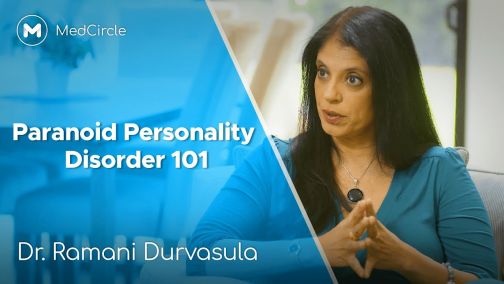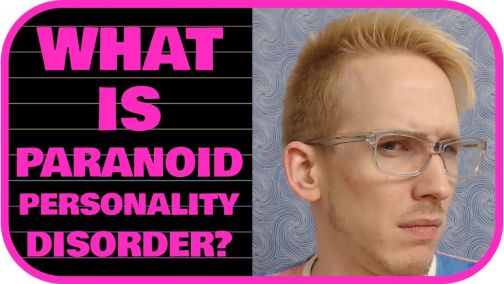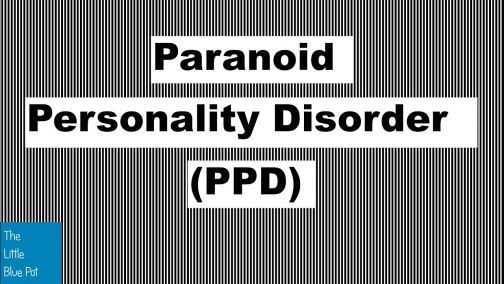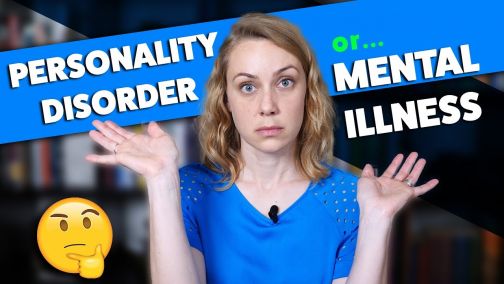Paranoid Personality Disorder
Also known as PPD
What is it?
Personality disorders are deeply ingrained patterns of behavior that violate social norms and cause problems in interpersonal relationships. They are broken into three categories — Cluster A, B and C.
Personality disorders are previously known as axis two disorders — a group of conditions that impact a person’s function in relation to others. They are ego-syntonic, meaning a person with a personality disorder often doesn’t believe they have a problem. The disorder is consistent with their world view, perception of others and perception of themselves. They usually begin during a person's teenage years or early adulthood, and in some cases, become less obvious in middle age. It is common for people with one personality disorder to have symptoms of another.
Paranoid personality disorder, also called PPD, is a Cluster A disorder. Cluster As are characterized by odd or eccentric ways of thinking. People with PPD experience paranoia and a strong mistrust of others. They are highly suspicious and often perceive normal behaviors as being malicious, even when there is no reason to.
PPD often occurs alongside other mental health conditions including schizophrenia, anxiety spectrum disorders, PTSD, substance use disorders and other personality disorders. It’s estimated that PPD affects between 2.3% and 4.4% of the general population, and is more common in men than women.
What are the symptoms?
People with PPD are always on guard and worried that others are trying to trick, harm, threaten or demean them. They struggle to form or maintain relationships with others. So much so, that they often don’t vocalize their paranoias out of fear that they could be used against them.
Additional symptoms include:
- Doubting the loyalty or trustworthiness of others
- Believing they’re being exploited or tricked
- Being reluctant to confide in others or share personal information
- Holding intense grudges
- Being extremely sensitive to criticism or judgement
- Thinking causal looks or remarks are suspicious
- Feeling overly suspicious without good reason
- Constantly thinking they’re being cheated on by romantic partners
- Acting cold and distant
- Becoming jealous or angry easily
- Have difficulty relaxing
- Holding negative stereotypes about other groups of people
- Being stubborn, argumentative, controlling and aggressive
- Perceiving attacks on their character that are not noticed by others
- Always thinking they’re right
- Refusing to take responsibility for any harm they cause
What are some common warning signs?
PPD is characterized by intense paranoia and distrust. Because of this, a loved one with PPD might display noticeable symptoms at home, at work or in social settings. Pay attention to their body language, social habits and the things they seem worried about. Ask yourself the following questions:
- Are they on edge around others or seem suspicious of people they don’t know well?
- Do they doubt the stories or opinions you share with them?
- Do they stare at strangers, or try and get out of public spaces quickly?
- Are they quick to get angry at small things?
- Do they seem judgemental or controlling in their relationships?
- Do they think coworkers or peers are “out to get them”?
- Do they express constant worries about their safety, their romantic partners, the people they work with or family members?
- Do they hate new people they meet for no reason?
- Are they reluctant to share personal information?
None of these behaviors confirm a PPD diagnosis, but they do hint at one. If you feel comfortable doing so, talk to your loved one about this behavior and why you’re concerned. Keep in mind that symptoms aren’t always obvious. People battling chronic mental health conditions often learn to hide their pain from others. It’s possible to appear outwardly fine, while facing mental difficulties in secrecy.
What causes PPD?
The exact causes of PPD, and other personality disorders, are unknown. Doctors believe a range of factors play a role in development, including being genetically predisposed (i.e. other family members struggle with PPD, schizophrenia and/or other delusional disorders), having a history of trauma (such as being emotionally or physically abused as a child), being diagnosed with childhood conduct disorder or having variations in brain chemistry and structure.
How is it treated?
The primary treatment method for all personality disorders, PPD included, is psychotherapy (aka talk therapy). Medications are not commonly used to treat personality disorders. However, they may be recommended to address severe cases or symptoms that stem from co-occurring conditions. Common medications include anti-depressants such as SSRIs or SNRIs, anti-anxiety medications (aka Benzodiazepines), and antipsychotics.
Treatment for PPD can be successful, however, people often refuse to seek help because they mistrust those recommending it, or don’t see their behavior as problematic.
It’s important to remember that treatment plans are personalized. If you’re seeking help, make sure you work one-on-one with a doctor to create a plan that fits your needs. Just because a medication or therapy helps someone else recover, doesn’t mean it’ll be the right solution for you. Don’t ever feel guilty about asking for help, taking meds or going to therapy. Addressing your mental health is a productive and courageous thing to do.
How can I help a loved one with PPD?
Caring for someone with PPD is not easy. You may feel undervalued or distrusted much of the time. It’s important to remember that their fears don’t make you a bad person.
It can also be hard to know how to support them. Do they want to talk about their behavior? Will they push you away if you try to help? There are no easy answers to these questions. Every person handles their mental health differently. That said, we all want to feel loved and supported. Showing someone that you’re invested in their wellbeing can make a world of difference.
Here are some ways to do so:
- Educate yourself: Read up on symptoms, treatment options, and healthy living recommendations. Try and understand what your loved one is going through so you are better equipped to talk to them about it. This will also make you a valuable resource when it comes time to find treatment.
- Encourage healthy living: Sleeping well, eating nutritional foods, staying active and limiting substance use can be game changers for someone with a mental health condition. If they’re surrounded by people who promote this kind of lifestyle, they’re more likely to form healthy habits of their own. Try joining a fitness class together, or cooking meals at home using healthy ingredients.
- Advocate treatment: Asking for help can be hard. Societal stigma often keeps people from opening up to others about their symptoms. Support your loved one by helping them research different treatment methods, or doctors in their area. If they’d like, go to a few sessions with them. Remind them that there’s nothing weird about getting help, and that you’re proud of them for following through. Remember that people with PPD are often reluctant to seek help, and that this conversation may be triggering for them.
- Set boundaries: You want to be understanding of their symptoms, but that doesn’t mean you have to put up with everything. Make rules for what you will and won’t tolerate in your relationship. For instance, a romantic partner might limit repetitive questioning about cheating unless it’s warranted. Stick to these boundaries and follow through on consequences when they’re broken.
- Be patient: Don’t take it personally if they lash out at you, don’t answer text messages or socialize less. They are battling something that’s very hard to overcome. Their distance has nothing to do with who you are as a person. Keep showing up for them even when it feels like it’s not helping. The act alone lets them know that they have people in their life who care.
What other resources are out there?
Want to learn more, find a doctor, join a support group or speak to a counselor? The below resources might be able to help:
- New England Personality Disorder Center
- Crisis Text Line
- BetterHelp
- Psychology Today Directory
- American Psychiatric Association
- Medicaid Eligibility Information
- Open Path Collective
- Resources for POC, LGBTQ+ and disabled individuals
- Anxiety and Depression Association of America
- National Network of Depression Centers
- Medicine Assistance Tool
- NeedyMeds
- Erika's Lighthouse
- Anxiety Network
- Anxiety Central Forums
- National Social Anxiety Disorder Center
- International Society for the Study of Trauma & Dissociation
Support our work
We’re on a mission to change how the world perceives mental health.
